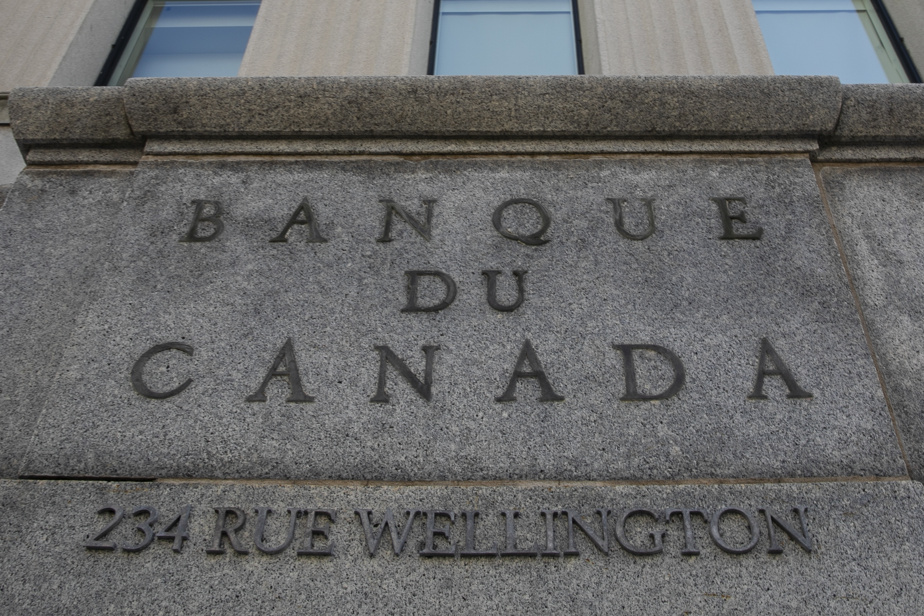The Rise Of Gold And Cash ETFs: A Response To Market Volatility

Table of Contents
The Allure of Gold ETFs in Volatile Markets
Gold has long been considered a safe haven asset, historically performing well during times of economic uncertainty and inflation. Its inherent value and lack of correlation with traditional asset classes like stocks and bonds make it an attractive addition to a diversified portfolio.
Gold as a Hedge Against Inflation
Inflation erodes the purchasing power of fiat currencies. Gold, however, tends to hold its value or even appreciate during inflationary periods. This negative correlation with inflation makes it a valuable tool for preserving capital. Because the price of gold isn't directly tied to the performance of other assets, it can act as a buffer against losses in other parts of your investment portfolio. It's a key component of many conservative investment strategies.
- Historically, gold has outperformed other assets during inflationary periods.
- Gold acts as a hedge against currency devaluation.
- Diversification with gold reduces overall portfolio risk.
Understanding Gold ETF Mechanics
Gold ETFs offer investors convenient access to gold without the need to physically buy, store, and insure gold bars or coins. These ETFs typically hold physical gold, providing a relatively straightforward investment in the precious metal.
- Physically-backed Gold ETFs: These ETFs directly hold physical gold reserves, mirroring the value of the gold they own. Examples include SPDR Gold Shares (GLD) and iShares Gold Trust (IAU).
- Unbacked Gold ETFs: These are less common and generally track the price of gold futures contracts rather than holding physical gold.
- Expense Ratios: Like all ETFs, Gold ETFs have expense ratios, representing the annual cost of managing the fund. These are typically low, making them accessible to various investors.
- Trading Costs: Trading costs are relatively low compared to other investment vehicles, particularly compared to direct gold purchases.
It's crucial to understand the potential risks, including fluctuations in gold prices and the expense ratios associated with the ETF itself.
Cash ETFs: A Liquid and Low-Risk Option
Cash ETFs provide investors with a highly liquid and low-risk investment option, offering a safe haven for capital during market downturns. They are designed to track the returns of short-term debt instruments, minimizing volatility and preserving principal.
The Benefits of Cash ETF Investing
Cash ETFs offer significant advantages over traditional savings accounts:
- Liquidity: Cash ETFs are easily bought and sold throughout the trading day.
- Accessibility: Low minimum investment requirements make them accessible to a wide range of investors.
- Safety: They generally invest in highly rated, short-term debt instruments, minimizing credit risk.
- FDIC Insurance (where applicable): Some cash ETFs invest in money market funds that are FDIC-insured, offering an additional layer of protection. However, it's crucial to verify the insurance coverage of the specific ETF you're considering.
Selecting the Right Cash ETF
Choosing the right cash ETF involves considering several factors:
- Expense Ratio: Lower expense ratios mean lower costs over time.
- Underlying Assets: Understand the types of short-term debt instruments held by the ETF.
- Investment Objective: Ensure the ETF's investment objective aligns with your goals.
Strategic Allocation: Combining Gold and Cash ETFs
Combining Gold and Cash ETFs in a portfolio offers a powerful strategy for managing risk and achieving diversification. The combination of a safe haven asset (gold) and a highly liquid, low-risk option (cash) provides balance and resilience.
Diversification Strategies
A well-diversified portfolio can significantly reduce risk. Combining Gold and Cash ETFs allows investors to:
- Reduce volatility by including assets that typically behave differently from stocks and bonds.
- Preserve capital during market downturns.
- Maintain liquidity for opportunities.
Different asset allocation strategies exist depending on individual risk tolerance and investment objectives. For example, a conservative investor might allocate a higher percentage to cash ETFs and a smaller percentage to Gold ETFs. A more aggressive investor might do the opposite. Remember to consult a financial advisor for personalized advice.
Rebalancing Your Portfolio
Rebalancing your portfolio, which includes adjusting your allocation of Gold and Cash ETFs, is crucial for maintaining your desired risk level. As markets fluctuate, your asset allocation may drift from your target. Rebalancing involves selling some assets that have outperformed and buying others that have underperformed, bringing your portfolio back in line with your initial strategy.
Conclusion: Harnessing the Power of Gold and Cash ETFs for Stability
Gold and Cash ETFs offer powerful tools for managing market volatility and building a resilient investment portfolio. Their combined attributes of liquidity, low risk (in the case of Cash ETFs), and the historically strong performance of gold during uncertain times allow for a more robust investment strategy. Diversification and strategic asset allocation, including the use of these ETFs, are key to mitigating risk and achieving long-term financial goals. Start building a more secure financial future today by learning more about Gold and Cash ETFs and their potential to help you navigate market volatility.

Featured Posts
-
 Aaron Judges Power Display Yankees 9 Homer Night In 2025
Apr 23, 2025
Aaron Judges Power Display Yankees 9 Homer Night In 2025
Apr 23, 2025 -
 Protesta A Citta Vetrine Di Ristoranti Palestinesi Distrutte 200 Manifestanti
Apr 23, 2025
Protesta A Citta Vetrine Di Ristoranti Palestinesi Distrutte 200 Manifestanti
Apr 23, 2025 -
 Posthaste Recession Fears Canadian Economists Issue Warning
Apr 23, 2025
Posthaste Recession Fears Canadian Economists Issue Warning
Apr 23, 2025 -
 Millions Stolen Office365 Executive Accounts Targeted In Data Breach
Apr 23, 2025
Millions Stolen Office365 Executive Accounts Targeted In Data Breach
Apr 23, 2025 -
 Bmw Porsche And The Shifting Sands Of The Chinese Automotive Market
Apr 23, 2025
Bmw Porsche And The Shifting Sands Of The Chinese Automotive Market
Apr 23, 2025
